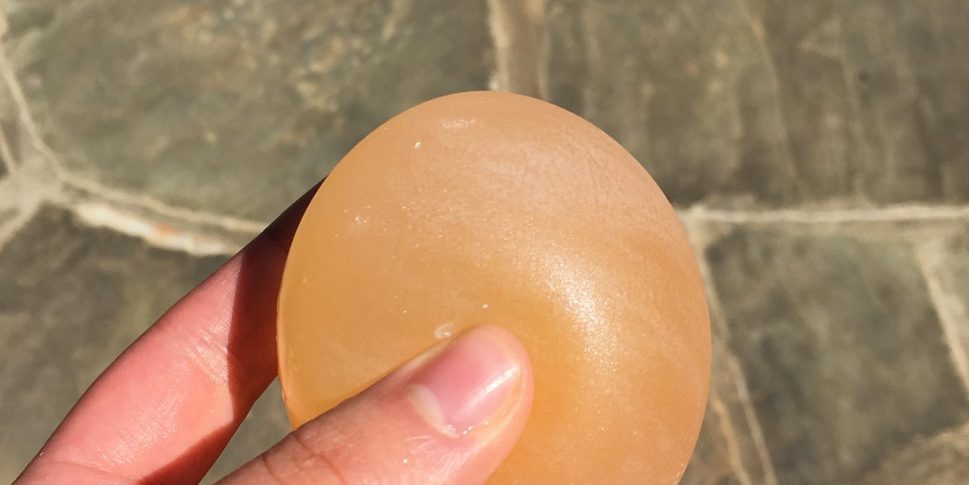I remember doing this experiment in kindergarten, elementary school, and middle school, and it never got old! The science behind this experiment is so cool, and so is the squishy egg that you’re left with in the end of the experiment. Trust me, this experiment definitely won’t disappoint.
What you need:
- An egg
- White vinegar
- A jar with a lid
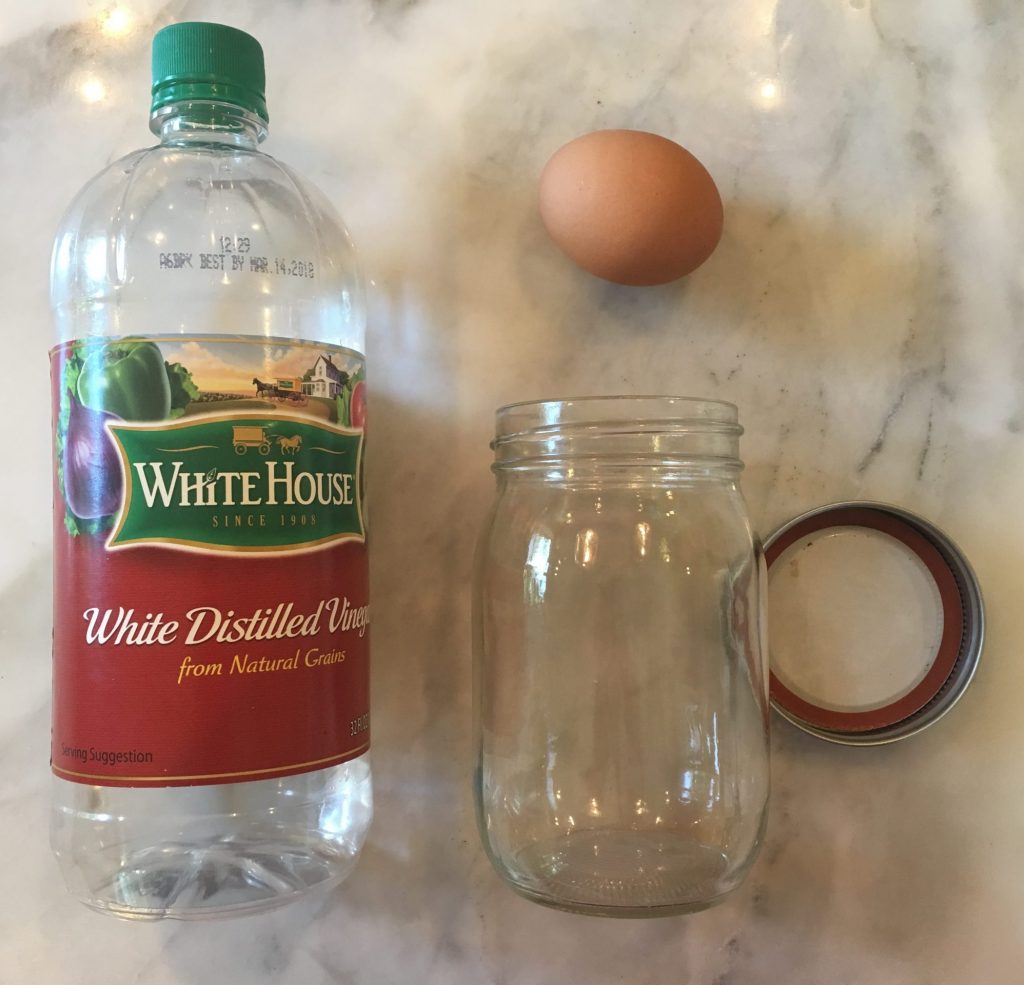
Steps:
- Place the egg in the jar (this is easier to do if you turn the jar on its side and slide the egg in).
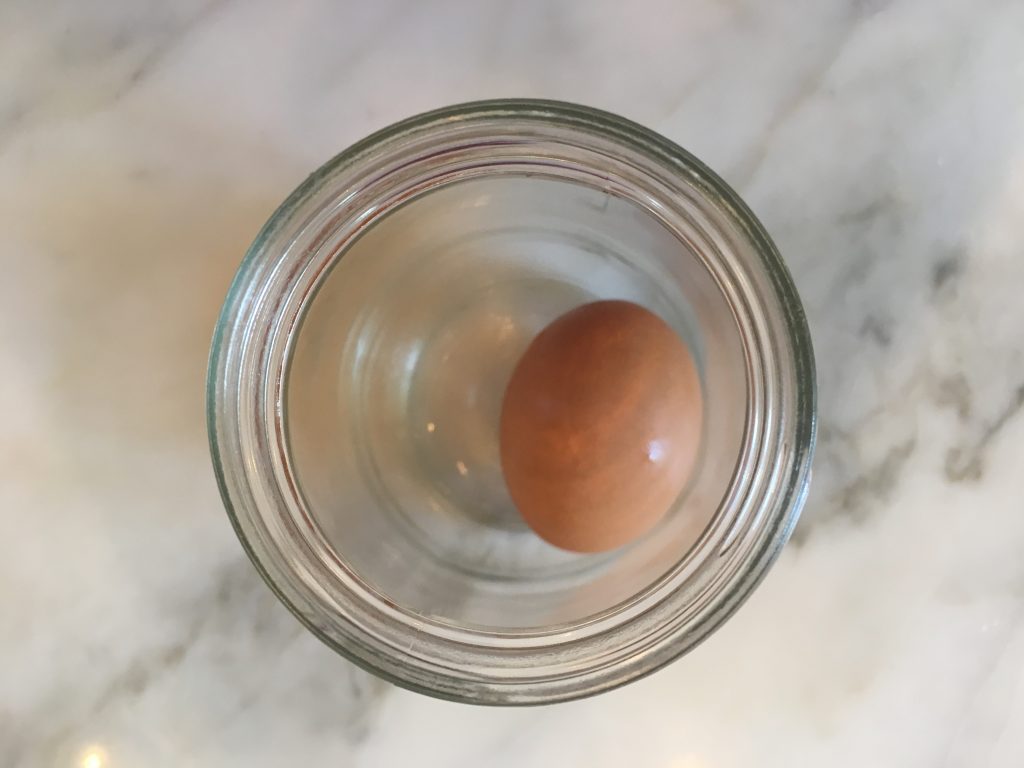
- Pour enough vinegar to cover the egg in the jar and seal the lid of the jar.
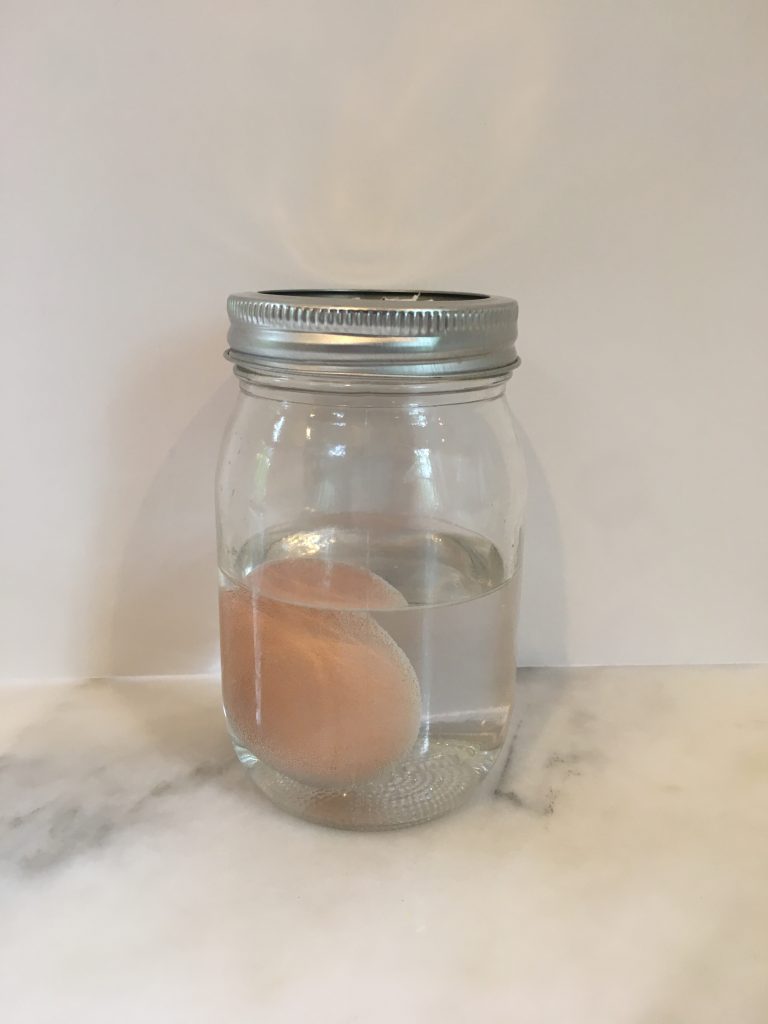
- Wait 4-5 days until the shell is completely dissolved, and pour the egg out of the jar (during the 4 days, you will see dissolved films from the egg shell floating around the jar, but this is normal!).

- Squish the egg, but not too much unless you want it to burst.
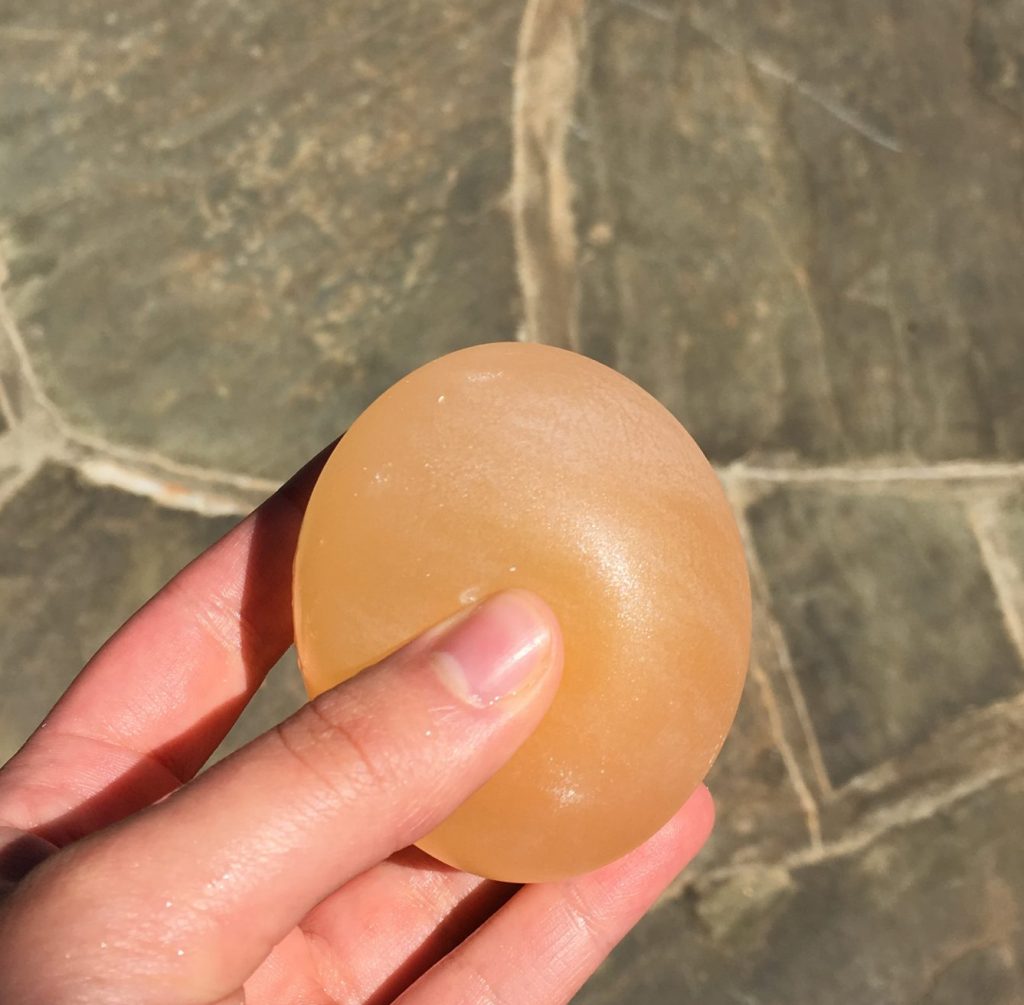
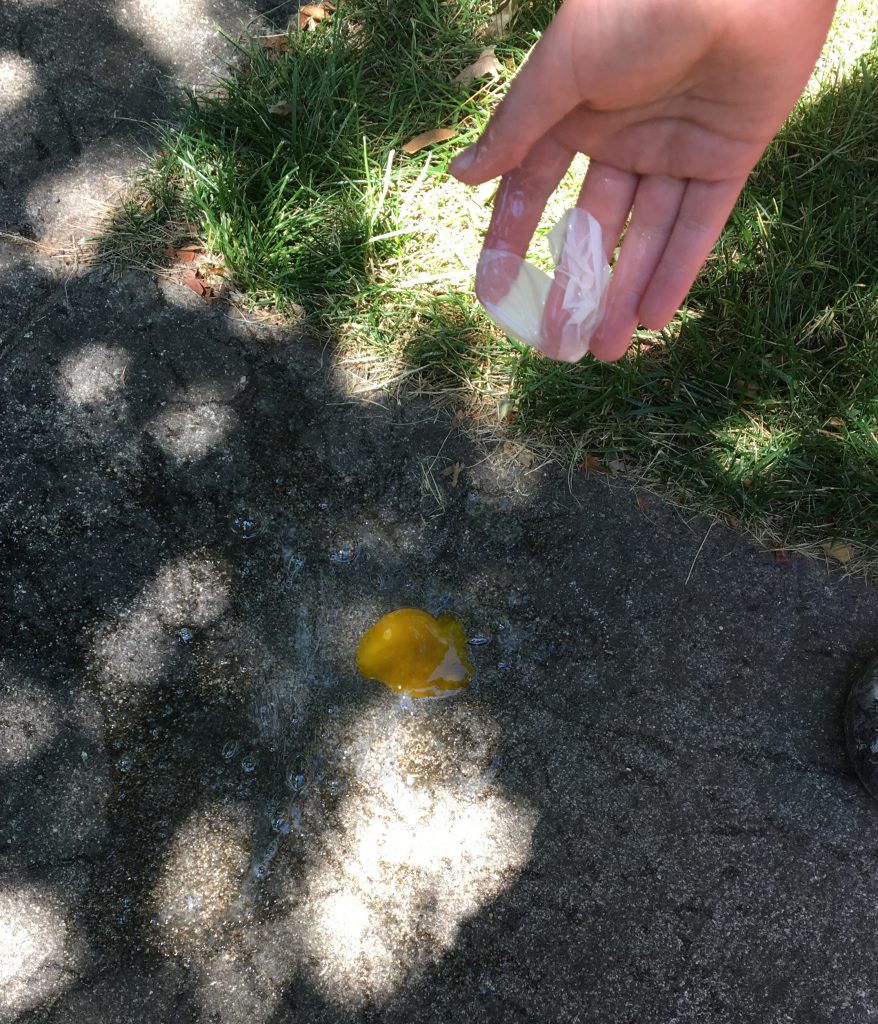
How does the egg become so squishy?
Vinegar contains acetic acid, and eggshells contain calcium carbonate, a base. In an acid-base reaction, the calcium carbonate reacts with the acetic acid to form calcium acetate and carbon dioxide gas. This dissolves the eggshell, but not the inner egg membrane, creating an egg contained solely by the membrane.
When you first add the vinegar to the egg, you can see tiny bubbles forming on the outside of the eggshell! These are bubbles of carbon dioxide gas, a product of the acid-base reaction.
